
AGL’s battle-hardened chairman Peter Botten for now is determined to push ahead with a painful split of the coal-fired power plants and renewable energy assets as the way forward, after he issued a quick rejection of the lowball $5bn bid for the 180-year-old company.
The offer, Botten says, which pushes out to $8bn when debt is included, represents just a 4.8 per cent premium to AGL’s pre-bid share price and “materially undervalues the company on a change of control basis”.

But as the former OilSearch boss who built a giant gas processing and export plant in remote PNG, Botten knows how to cut a deal.
Cannon-Brookes and the cashed-up Brookfield are not going away. But their window to strike a deal remains narrow with a demerger vote planned to take place by the end of June, and ultimately it will involve more cold hard cash to win over AGL.
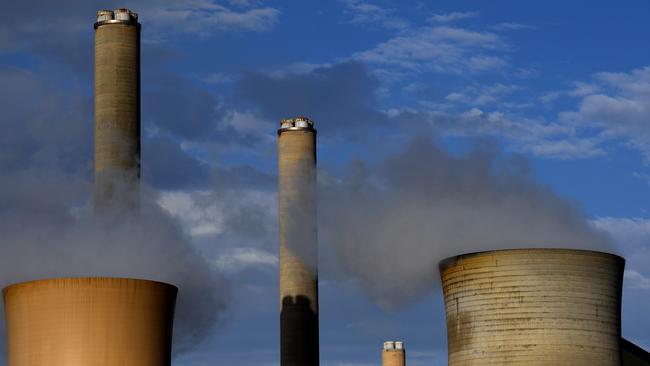
Ironically it was AGL’s plan to carve itself into two – hiving off its coal and gas power-generating assets from its greener retailing and renewables business – that drew Cannon-Brookes and his Canadian partner out of the shadows.
The Atlassian co-founder argues they are simply using market forces to put AGL back on a path of cleaner, greener energy, something he believes can happen in as little as 10 years.
And he insists the same forces and energy market rules will prevent him from quickly turning the lights off at AGL’s dirtiest assets without some sort of replacement.
In an interview Cannon-Brookes says under the current settings the planned coal-fired energy spin-off that will house AGL’s Bayswater plant in NSW and Victoria’s giant Loy Yang will be “stranded assets” and simply won’t have the financial firepower to make the transition to cleaner energy. Under the bid the pair are planning 7 to 9 gigawatts of power, although it will need to be able to match AGL’s base-load generation.
The accelerated move away from coal can only be done with “a large amount of private capital” and as a stand-alone listed business it will have little incentive to change until Loy Yang finally closes by 2045.
“The government is asking for replacement capacity to come online as a part of the transformation of moving things across,” Cannon-Brookes says.
“That’s exactly what we’re proposing to do. Its (AGL) asked for the private markets to come along and help handle this transition. That’s exactly what we are proposing to do.
“It just so happens to be very hard to do as a public company. And I think AGL has done its best with what they had. But then their ultimate proposal is this demerger. This will move a lot of the carbon-heavy assets into a single entity which … will have very little ability to raise capital or transition.”
AGL for its part argues it has rigorously tested all options and the proposed demerger is in the best interests to unlock value for its shareholders.
Cannon-Brookes maintains most of AGL’s coal-fired assets are past their original useful life which means there is little incentive for the business to move forward.
“As the transition picks up pace, and it’s already moving quite fast I would argue, this is not starting right. We’re in the middle of an energy transition right now, the grid is north of 30 per cent (renewables) already and continuing to go higher.
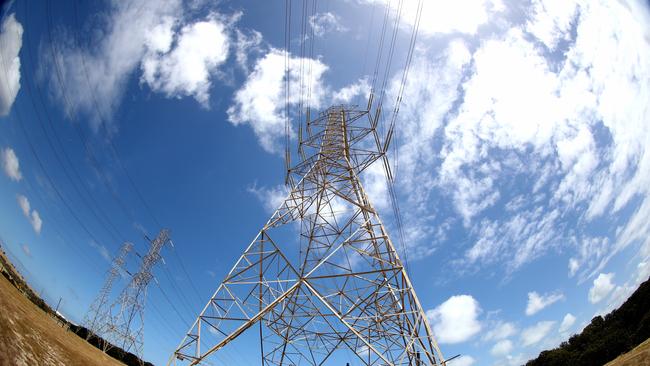
“The ability to connect a retail customer base and industrial customer base with the capital to manage this transition at the back end is really important as that transition happens, rather than stratifying and separating assets that then have no ability to move or make that transition.”
Cannon-Brookes says the bid should be thought of as an evolution of impact or activist investing – taking a stake in a company to force a change of strategy.
“That definition of an impact investor is going to slowly change to being an investor. Climate change and environmental concerns actually effect every sector of the economy.
“Investors in general are not investing for impact, but looking at the impact of ESG concerns because they’re worried about how these transitions play out with all their investments. That’s just part of managing risk”.
‘Going dark’
Brookfield – which owns tens of billions of dollars of assets in Australia such as the Alinta electricity transmission, property, hospital operator Healthscope and the former Asciano ports business – is a highly capable and savvy investor.
If successful it will be the majority shareholder of AGL with as much as 80 per cent and very much be in the driving seat.
One of the consequences of AGL being folded into Brookfield’s new $US15bn Global Transition Fund under former Bank of England governor and Canadian national Mark Carney is the prospect one of the nation’s biggest carbon emitters suddenly goes dark.
This has been the fear among some green-focused investors that the harder they push companies over ESG, dirty assets are merely bundled into private funds and there’s next to no transparency around how they operate.
Brookfield’s managing partner of Asia-Pacific Stewart Upson says the green energy mandate of the fund is clear, which makes it the perfect vehicle for the bid.
“This is literally what this capital is designed to do. It’s designed to invest in a business like AGL, and then responsibly over a period of time – not immediately – say over 10 years, responsibly oversee the accelerated transition of this business.”
The investment in AGL would be the largest investment from Brookfield’s Global Transition Fund to date.
Upson says the turnaround horizon for AGL would be 10-12 years.
“The business plan is to buy and hold for that period, during which time we complete the fulsome transition of AGL.
“At the end of that time, once AGL is a fully green, low emissions company we will obviously have to make an assessment from a Brookfield point of view. But we believe that’s sufficient time to put the company to where it needs to be.”
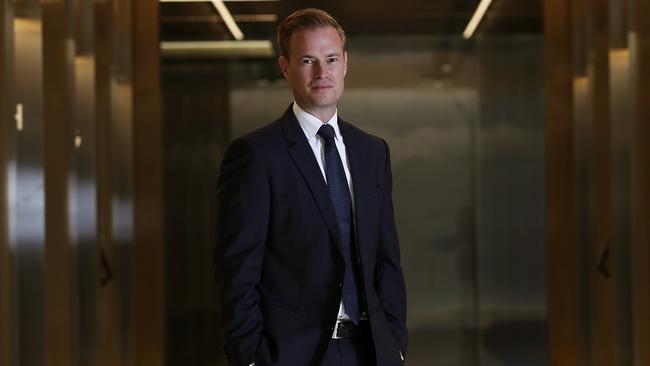
By starting the bidding for AGL it has also opened the door for others to come in for a chance to swoop on AGL’s massive cash flows and giant customer base.
Iron ore magnate Andrew Forrest needs parts of AGL after his Fortescue Future Industries signed on for an ambitious industrial energy hub at the power giant’s Liddell and Bayswater sites in NSW’s Hunter Valley.
Macquarie Group-backed funds and Shell are among those that can use AGL’s renewable energy developments.
At the same time industry funds-backed IFM Investors or AustralianSuper can see a political gain in saving AGL, but the carbon stakes that come with the power plants will be high.
johnstone@theaustralian.com.au






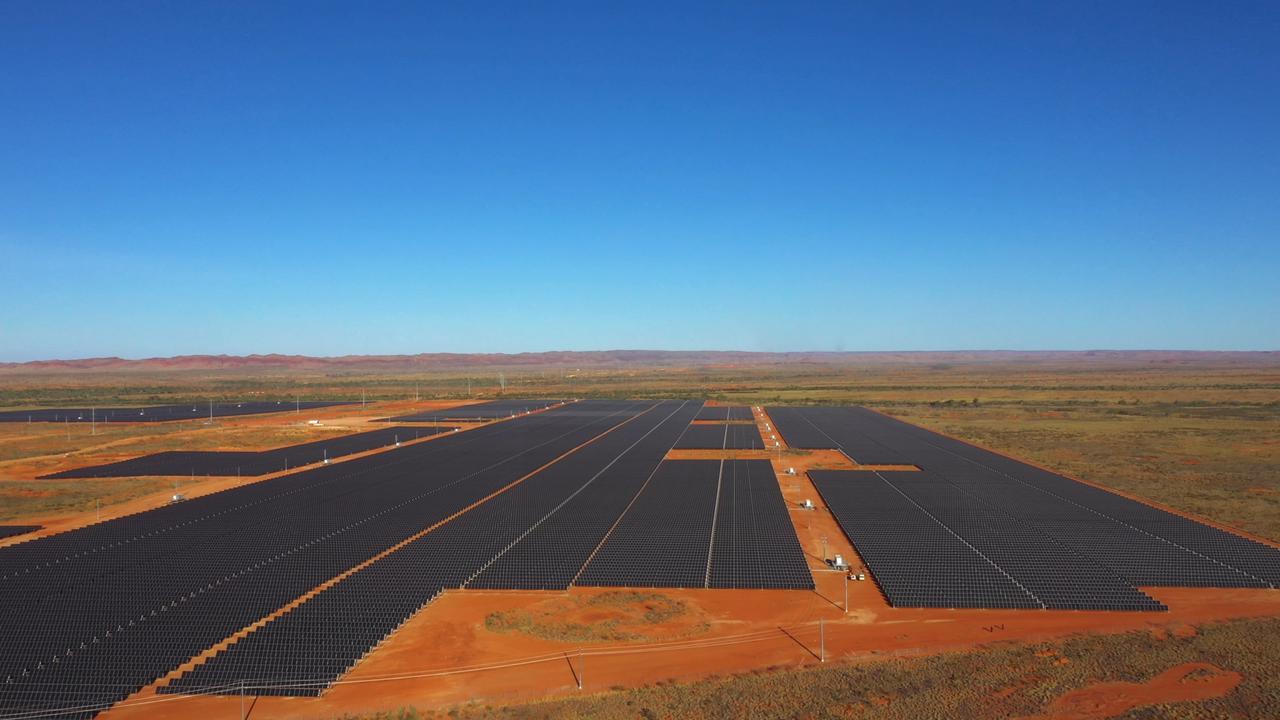
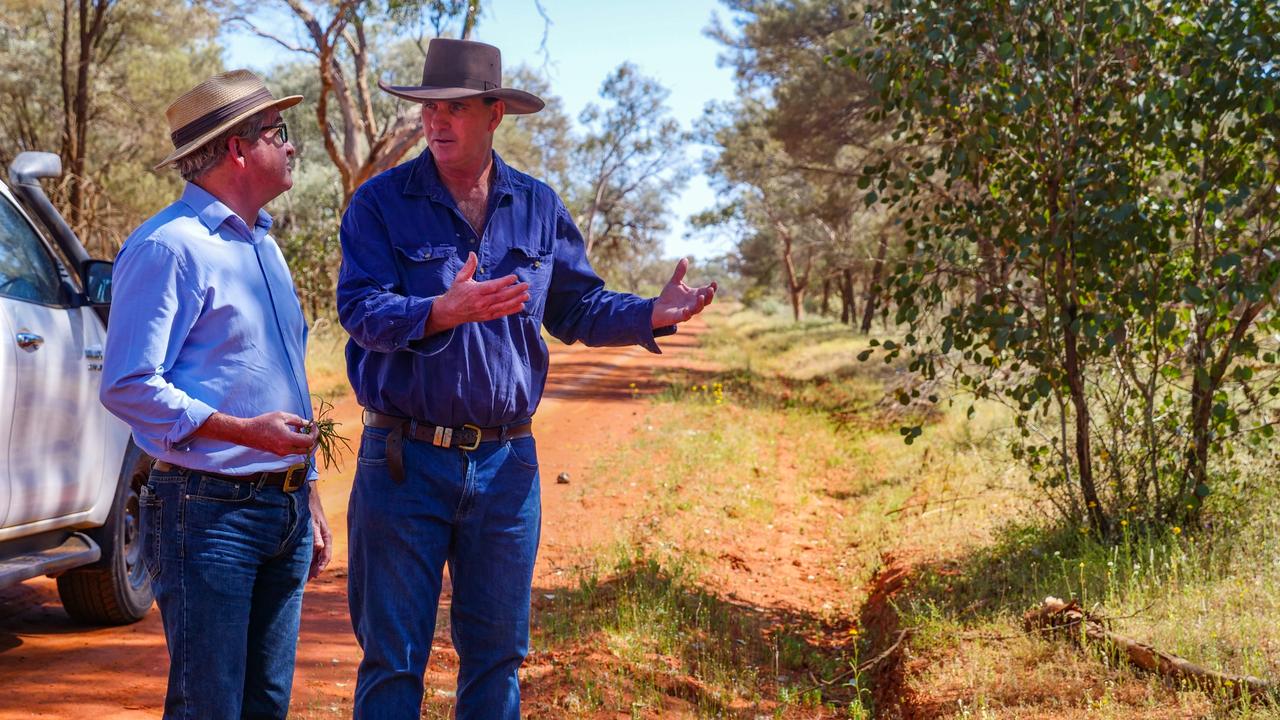
It’s now a race on whether tech billionaire Mike Cannon-Brookes and his savvy Canadian partner Brookfield can convince AGL shareholders they are the ones with the private market know-how that can save the power giant from itself.